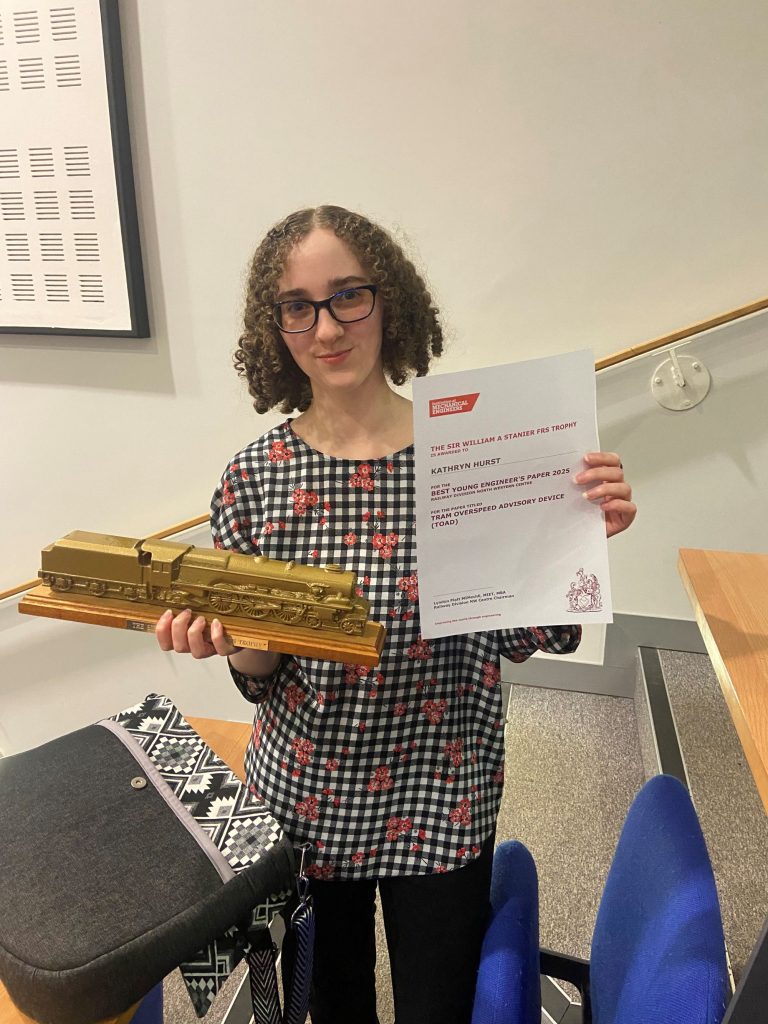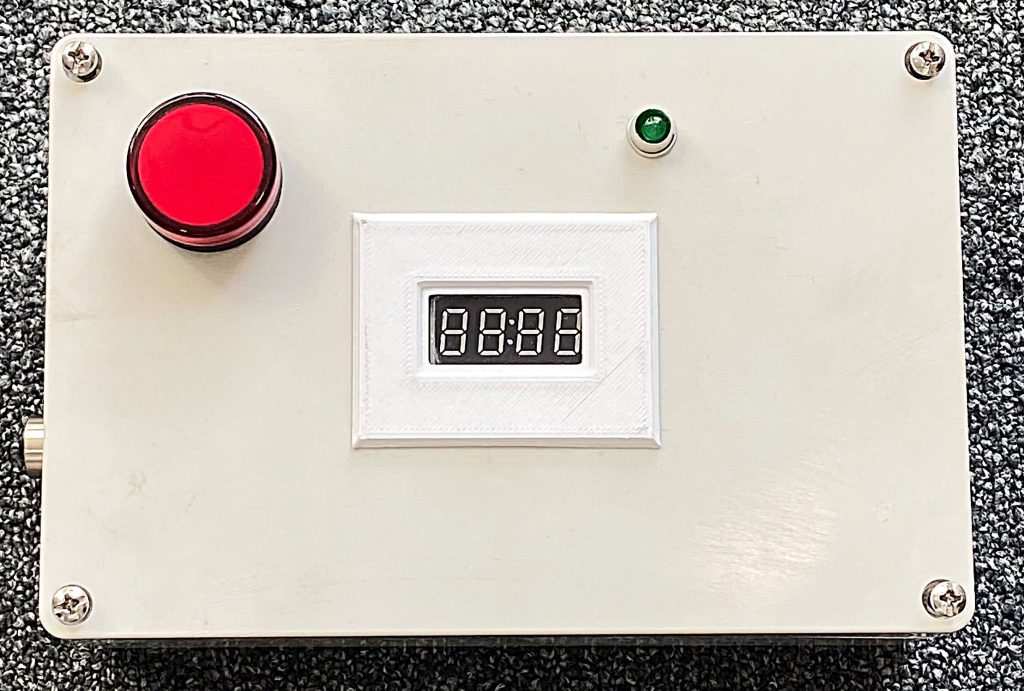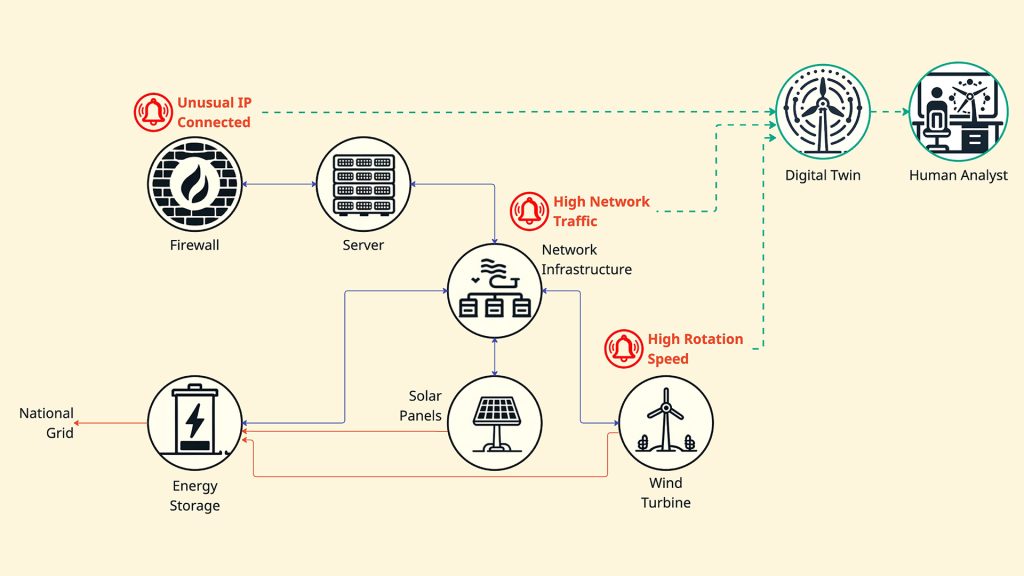Tram Overspeed Advisory Device
We’re excited to spotlight Kathryn Hurst, one of the engineers behind our tram overspeed advisory device, whose impressive work has secured her a place in the next round of the IMechE North Western Centre for the Future of Rail Presentation Competition. She has also been honoured with the prestigious Sir William A. Stanier FRS trophy. Her work is a key part of our collaboration with Blackpool Tramway.

The IMechE Future of Rail Presentation Competition is a programme designed to showcase young engineering talent within the rail industry. It offers a unique opportunity for early-career engineers and researchers to present their innovative projects, contributing to the future of railway technology.
In the North West regional round, three talented young researchers competed, each delivering a 15-minute presentation on their respective projects. Kathryn emerged as the winner, earning her place in the grand final in London, where she will compete against the other Railway Division centres for the grand prize.
Kathryn’s work on the Tram Overspeed Advisory Device will contribute to a proactive approach in improving tram safety, particularly on sharp corners with a high overturn risk. By collaborating with Blackpool Tramway, she has helped develop a system that alerts the driver when there is an overspeed risk, enhancing passenger safety.
Here at DTL, we couldn’t be prouder of Kathryn’s achievements and can’t wait to see her represent our company in the final competition.
Best of luck, Kathryn!
TOAD Background
Following the Croydon tram accident, the Rail Accident Investigation Branch (RAIB) made several recommendations to improve tram safety, with one focusing on speed reduction. The goal is to prevent accidents by automatically reducing tram speeds when approaching high-risk locations where derailment or overturning could occur.
One response to this recommendation is the implementation of an annunciator system on Blackpool’s heritage trams. This system provides visual and audible warnings to the driver if the tram exceeds safe speeds, particularly near risk-prone areas. The system helps drivers slow down in real-time, addressing RAIB’s recommendations and reducing risk.
By adopting such measures, tram operators, like those in Blackpool, demonstrate a proactive approach to tram safety, ensuring a safer future for passengers and drivers alike.
Requirements for the TOAD included:
- Small and Simple to Install
- Powered by the Tram’s 24v
- IP65
- A Speedometer
- An Operational Indicator
- An In-Cab Warning for overspeed
So we built – Prototype 1
The first prototype of the tram overspeed advisory device served as a proof of concept. Testing revealed key issues: the speed display updated too slowly, the combined buzzer and light were too quiet, and the wiring was messy, affecting reliability. To improve performance, we upgraded our main processor, as well as our GPS and SD card modules.
For the next prototype, the buzzer and light were separated for better sound output. Blackpool Transport requested the device connect to the tram’s transponder to detect how points were set, and code improvements were made for better geofence handling and data processing.
These insights informed the development of the next prototype with enhanced functionality and reliability.

Prototype 1 design

Prototype 2 design
We made improvements – Prototype 2
Prototype 2 is ready for final testing, and DTL plan plan to:
Conduct a final batch of lab tests to confirm TOAD works as expected.
Install the device with the Blackpool Geofences file on a tram and test that overspeed alerts trigger correctly.
Leave the device running on a tram to collect data on routine operations and perform a final review of Prototype 2’s performance.
These steps will ensure the device can be fully updated for prototype 3 and be ready for deployment.
Impact of this work
The TOAD overspeed advisory device will work to proactively reduce overturn risk by providing real-time warnings to drivers. Its development demonstrates how innovation can improve existing transport systems, with Blackpool Tramway providing valuable collaboration.



